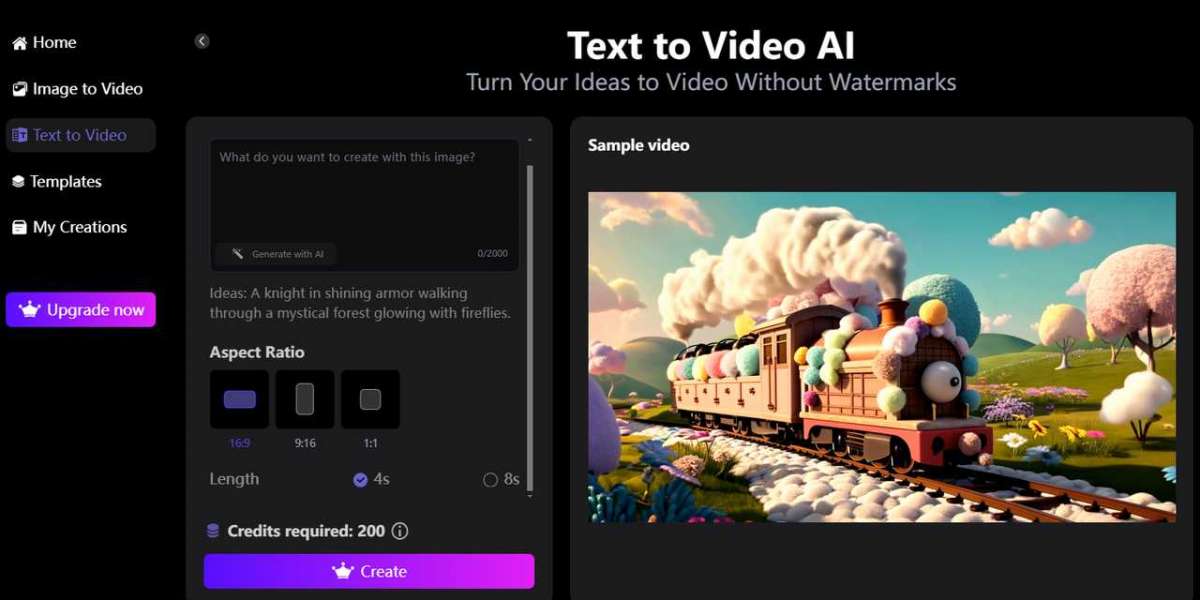The Hidden Climate Cost of AI: Tech Giants Struggle to Go Green
As artificial intelligence takes center stage in Silicon Valley, a pressing environmental challenge is surfacing: AI technology comes with a significant carbon footprint. Companies like Microsoft, Google, and Amazon have pledged to drastically reduce their greenhouse gas emissions in the coming years. However, the very AI technologies driving their future growth are complicating these climate goals.
Recent reports reveal that Microsoft's carbon emissions have increased by nearly 30% since 2020, primarily due to the creation and operation of energy-intensive data centers required for AI. Google presents an even steeper rise of 48% in emissions since 2019. These developments underscore the tension between rapid AI growth and sustainability in the tech sector.
The core issue stems from AI's heavy demand for computing power and electricity. Training advanced language models like GPT-3 involves processing enormous data sets with thousands of specialized chips operating non-stop in vast data centers. Even when deployed, these AI models require significant energy to perform each task or query.
Jesse Dodge, a researcher at the Allen Institute for AI, explained in an interview with NPR that "One query to ChatGPT uses approximately as much electricity as could light one light bulb for about 20 minutes." With millions of daily queries, the electricity demand is substantial.
Goldman Sachs analysts highlight that a typical ChatGPT query consumes nearly ten times more electricity than a standard Google search. As AI capabilities expand and demand increases, energy consumption does too. Predictions show data centers will account for 8% of global electricity use by 2030, up from about 3% today, with AI being a significant contributor.
This intense energy use is affecting regional power grids and even decisions regarding fossil fuel utilization. In Northern Virginia, data centers may demand enough electricity to power 6 million homes by 2030, delaying the decommissioning of coal plants to fulfill these needs.
Tech giants are caught in a dilemma as they balance their AI goals with climate commitments. Microsoft aims to be carbon-negative by 2030, removing more carbon than it emits. Yet, its latest sustainability report acknowledges the challenges due to AI's rising energy demands. Google, once carbon-neutral through offsets, admitted that carbon neutrality is no longer maintained due to growing emissions, aiming instead for net-zero by 2030 amid substantial hurdles.
Meanwhile, other major AI developers like OpenAI have not disclosed emissions data, leaving the full environmental impact unknown. Microsoft's and Google's trajectories, however, paint a worrisome picture.
“We have an existential crisis right now. It’s called climate change, and AI is palpably making it worse,” said Alex Hanna, director of research at the Distributed AI Research Institute, to NPR.
Despite these challenges, tech firms are not ignoring the issue. They're investing in renewable energy, exploring efficient chip designs, and finding ways to reduce AI's energy needs. Microsoft has expanded low-power server states to cut server energy use by 25%. Google is developing data centers that claim zero water use for cooling. However, these initiatives struggle to keep pace with AI's rapid development.
Every significant tech player is racing to integrate AI into their products, from search engines to productivity tools. The economic and competitive benefits are too significant to pass up.
This sets the industry at a critical juncture. Companies must dramatically improve AI’s energy efficiency to prevent compromising climate targets and facing environmental criticism. Regulators and the public may also need to consider the societal value of AI versus its environmental costs.
Whether artificial intelligence acts as a solution or a contributor to climate change will be determined in the coming years. As Microsoft’s president Brad Smith told Bloomberg, the company believes “the answer is not to slow down the expansion of AI but to speed up the work needed to make it more environmentally friendly.” Only time will reveal whether this optimism is justified or if tougher actions are needed to align AI's promise with its ecological costs.
In this context of technology and environmental awareness, understanding AI’s role in advancing other fields becomes increasingly vital.
The Future of AI in Video Content Creation
In today’s fast-paced digital era, video has become one of the most powerful forms of communication. Whether you're building a personal brand, launching a product, or telling a compelling story, engaging visuals are the key to capturing attention. Yet, traditional video production often demands significant time, budget, and technical expertise.
That’s where the rise of the AI video generator comes in. AI is reshaping the creative process—making it easier than ever to produce stunning videos from just a single image or simple prompt.
Tools like Dreamlux are at the forefront of this revolution. Its text-to-video AI allows you to simply input text descriptions. And then, with a single click, you can watch as the AI transforms your words into a cinematic video in mere minutes.
From simplifying production to revolutionizing creativity, AI video generators continue to push the boundaries of what’s possible in modern video creation.
Why Choose Dreamlux Text to Video AI?
Dreamlux Text to Video AI is a great choice because:
- No Watermarks: Unlike many AI tools, Dreamlux provides clean, professional videos without any distracting watermarks.
- Saves Time and Money: Faster and cheaper than traditional video production.
- Simple Customization: Adjust the video size and length to fit your needs.
- Smooth and Easy: Dreamlux's intuitive interface makes the entire process smooth and straightforward.
Choose Dreamlux Text to Video AI to see the future of video creation – where your words quickly become amazing visual stories.
How to Create Cinematic Videos with Dreamlux Text-to-Video AI
Turn your ideas into animated scenes effortlessly with Dreamlux.ai by following these simple steps:
- Visit the Dreamlux Website: Navigate to the official Dreamlux site: https://dreamlux.ai
- Access the Text-to-Video Tool: Click on the "Text-to-Video" option to enter the generator page.
- Describe Your Vision: Enter a detailed text prompt that clearly describes the scene or concept you want to visualize.
- Customize Your Video: Personalize your video by adjusting the aspect ratio and desired video length according to your needs.
- Generate Your Cinematic Video: Click the "Create" button and watch as the AI transforms your words into a dynamic video in just minutes.
Dreamlux’s text-to-video ai tool makes it easier than ever to bring your imagination to life.








